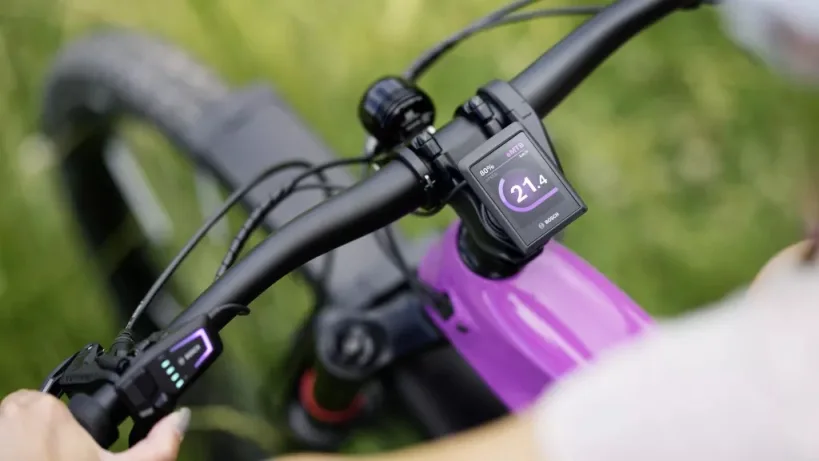Throughout history, climate shifts have acted not as mere disruptions, but as powerful catalysts for human innovation. Recurring droughts, glacial cycles, and erratic weather patterns forced early societies to adapt or perish. Environmental pressures accelerated the development of tools, social cooperation, and enduring technologies—solutions born from necessity. Understanding these historical responses reveals timeless principles that remain vital as we confront today’s accelerating climate challenges.
The Evolutionary Link: From Climate Stress to Technological Leap
Early hominins faced fluctuating climates that shaped survival strategies. During arid periods, resource scarcity drove the invention of rudimentary tools—sharp stones, digging sticks—enabling more efficient foraging and hunting. Social cooperation intensified as groups pooled knowledge and labor, fostering the foundations of community resilience. A pivotal case is the controlled use of fire, emerging around 1.5 million years ago amid drying landscapes. Fire transformed diets, extended daylight activity, and enhanced protection, fundamentally altering human development.
Climate-Driven Innovation in Prehistoric Societies
Migration patterns reveal how shifting habitats shaped innovation. As ice ages expanded and retreated, populations moved across continents, adapting to new ecosystems. The post-glacial stabilization of climates around 12,000 years ago enabled the rise of agriculture—a revolutionary adaptation to predictable seasonal cycles. In regions like the Fertile Crescent, communities developed storage systems such as granaries and clay vessels to preserve surplus food, directly responding to seasonal variability and ensuring survival through lean periods.
| Innovation | Climate Driver | Impact |
|---|---|---|
| Granaries | Seasonal variability | Stored surplus to survive droughts |
| Pottery and clay vessels | Resource scarcity | Preservation of grains and liquids |
| Irrigation channels | Erratic rainfall | Controlled water for farming |
- Social cooperation intensified through shared labor and knowledge
- Tool innovation accelerated in direct response to resource constraints
- Storage systems became critical, reflecting deep environmental awareness
"Innovation is not born of comfort, but of necessity sculpted by climate’s relentless pressure."
Cultural Memory and Long-Term Climate Adaptation
Indigenous cultures preserved vital climate knowledge through oral traditions, rituals, and seasonal calendars, encoding survival wisdom across generations. For example, Aboriginal Australian fire-stick farming used controlled burns to manage landscapes, enhancing biodiversity and reducing wildfire risk—a practice refined over millennia. These adaptive strategies persist as living models of resilience, demonstrating how deep ecological understanding supports sustainable living.
Modern Parallels: Climate Shifts and Contemporary Innovation
Today’s climate shifts inspire urgent innovation, echoing ancient responses. Renewable energy breakthroughs—solar, wind, and geothermal—reflect historical resource constraints, offering sustainable alternatives to fossil fuels. Urban planning now integrates green infrastructure, cooling cities and managing stormwater, inspired by ancient water harvesting systems like those in Petra or the qanats of Persia. These approaches prove that sustainability thrives when technology learns from nature and history.
Non-Obvious Insights: Climate as a Teacher of Systems Thinking
Climate change reveals the inseparable link between environment, society, and technology. Past adaptive strategies highlight holistic problem-solving—where innovation emerges from interdependent systems. Applying these lessons today means designing solutions that balance ecological health, social equity, and technological feasibility. Historical examples teach us to see challenges not in isolation, but as threads in a larger adaptive tapestry.
Conclusion: Learning from the Past to Shape Sustainable Futures
The enduring value of climate-informed innovation lies in humility before nature’s rhythms and creativity in response. As ancient societies adapted through tools, memory, and cooperation, so too must modern innovation embrace resilience, collaboration, and foresight. Encouraging adaptive mindsets in education and policy ensures future generations inherit not just technology, but wisdom.
Product example:
{название} exemplifies climate-responsive design by integrating passive cooling, local materials, and modular systems that adapt to changing climates—mirroring the adaptive ingenuity seen in prehistoric and indigenous innovations. Its development draws directly from historical lessons, proving that sustainable design is not new, but reimagined for today’s world.
Learn more:
Explore how adaptive thinking shapes daily choices with frozen fruit





